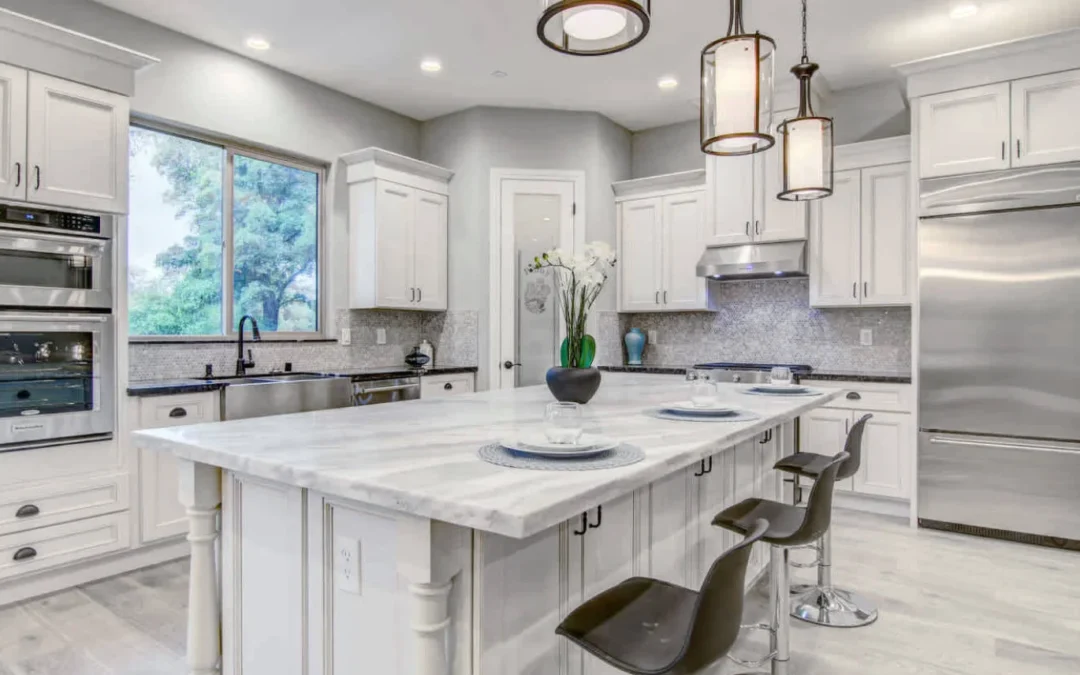Kitchen Remodeling is an exciting project that can enhance the functionality and aesthetic appeal of one of the most important rooms in your home. Proper planning is essential to ensure that your kitchen remodel meets your needs and expectations. Here are some essential tips for designing and planning the layout of your new kitchen.
Assess Your Needs and Goals
Before starting your kitchen remodel, take some time to assess your needs and goals for the space. Consider how you use your kitchen, what features are essential to you, and what improvements you would like to make. This will help you prioritize your remodeling goals and make informed decisions throughout the process.
Create a Budget
Establishing a budget for your kitchen remodel is crucial to avoid overspending. Consider all costs, including materials, labor, permits, and unforeseen expenses. It’s also a good idea to set aside a contingency fund for any unexpected issues that may arise during the remodel.
Consider the Kitchen Triangle
The kitchen triangle refers to the relationship between the stove, refrigerator, and sink—the three most commonly used areas in the kitchen. A well-designed kitchen layout will ensure that these areas are easily accessible and that there is a smooth flow between them, making cooking and cleaning more efficient.
Maximize Storage Space
Storage is a key consideration in kitchen design. Look for ways to maximize storage space, such as adding cabinets to the ceiling, installing pull-out pantry shelves, or incorporating a kitchen island with built-in storage. This will help you keep your kitchen organized and clutter-free.
Choose Quality Materials
Selecting high-quality materials for your kitchen remodel will ensure that your new kitchen is both beautiful and durable. Choose materials that are easy to clean and maintain, such as quartz countertops, hardwood flooring, and stainless steel appliances.
Plan for Lighting
Good lighting is essential in a kitchen. Include a mix of task lighting, ambient lighting, and accent lighting to create a functional and inviting space. Consider installing under-cabinet lighting, pendant lights over the island, and recessed lighting in the ceiling.
Hire a Professional
While DIY kitchen remodeling is possible, hiring a professional contractor can save you time, money, and stress in the long run. A professional will help you navigate the remodeling process, ensure that all work is done to code, and help you achieve the best results for your budget.
Conclusion
Planning a kitchen remodel requires careful consideration of your needs, goals, budget, and design preferences. By following these essential tips, you can create a beautiful and functional kitchen that enhances your home’s value and meets your needs for years to come.


Recent Comments